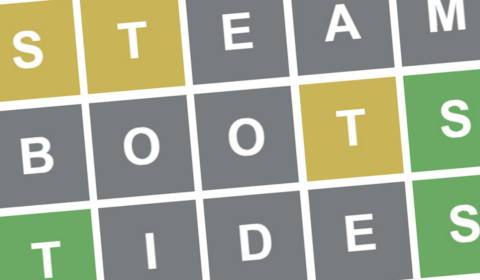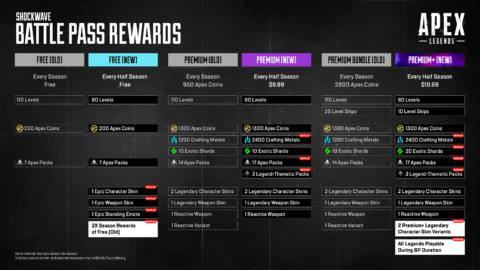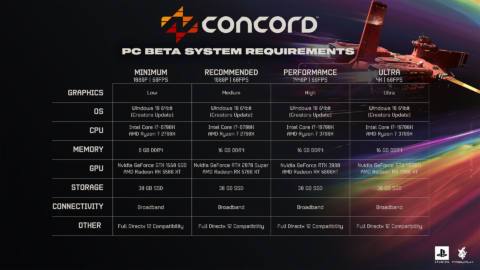Follower Dungeons are a new addition that arrived with patch 10.2.5 in World of Warcraft. These are essentially Dragonflight dungeons where any open spots in your party are filled by NPCs. They’re a particular godsend for DPS players who don’t have a full group and don’t want to wait for the (inevitably long) dungeon queue in Looking for Group.
This new dungeon tool is also handy if you're unfamiliar with a dungeon and want to get to grips with it before hopping in with other players. With that in mind, here’s everything you need to know about World of Warcraft Follower Dungeons.
Are WoW Follower Dungeons worth doing?
Follower Dungeons are currently limited to Dragonflight, so they’re mostly good for getting damage-dealing characters from 60-70 if you don’t want to quest in the outside world. Questing or running dungeons with groups of players (either pre-made or as a tank/healer, with their shorter queues) are more efficient means of leveling.
Follower Dungeons are chill, however, and make a pleasant addition to the game when you have a few minutes to kill. They represent one way to get an alt character experience, pick up a few extra pieces on a new max-level character, complete a quest that requires a dungeon run, or farm for that glyph or item that drops off that one boss.
One other bonus to consider: You’ll never have to worry about a too-fast or too-toxic group again—although your followers will quit your party if you die! Don’t worry, they’ll show up again after you release.
How to start a WoW Follower Dungeon and what they reward

You can queue for Follower Dungeons as you would any other Dragonflight dungeon. Open the Looking for Group tool and select Follower Dungeons from the drop-down list in the upper right corner. You’ll be presented with the list of Dragonflight dungeons, minus Dawn of the Infinites, and can check as many as you like.
These are Normal-difficulty Dragonflight dungeons, and you can queue with one to four other players in your party. Currently, Follower Dungeons require level 60 and a 180 item level to queue, though that may change in the next expansion when Dragonflight becomes the default leveling experience.
The gear that drops from them is the typical Normal dungeon leveling gear, which gets better as you get higher-level, maxing out at Explorer loot at level 70. At 3/8 on that upgrade track, that’s 421 item level—so this is one more way to get an alt a piece or two of gear if they’re behind.
Sadly, you can't just run Follower Dungeons endlessly as you are limited to 10 a day. If you’re leveling and use a full party of NPC companions, you’ll get about 80 percent of the XP you would in a pickup group of players.
Your new roster of NPC friends includes familiar faces

When you queue up (alone or with friends), the game will populate the rest of the group with whatever you’re missing—a tank, healer, or another damage dealer or two. If you’ve done the Exile’s Reach starting experience for new players, you might recognize some of the names—these characters are NPCs you saw during that experience, including the final dungeon at the end.
- Captain Garrick, the protection paladin tank that led your story as Alliance, is the tank character. She’s a whiz at grabbing mobs’ attention, even if you pulled them first. She’ll also turn them so that you’re at the monsters’ backs, which gives you a way to roughly position her if needed. She won’t pull extra packs in the dungeons if you don’t, and will actually avoid enemies in some cases.
- Meredy Huntswell is a fire mage you met during the Alliance Exile’s Reach campaign, and she’ll drop a refreshment table at the start of the dungeon so you’ll have food and water.
- If you’re a mage, you’ll get Shuja Grimaxe, an enhancement shaman, instead. If you’re a class that can cast Heroism/Bloodlust, you won’t have to worry about it here—these guys are always going to cast it at some point. That’s good news if you’re a hunter hoping to use a defensive pet instead.
- Crenna Earth-Daughter is your healer, a restoration druid.
- Austin Huxworth, a beast mastery hunter, is the other damage dealer. Again, Shuja will sub for him if you already have a hunter in your group.
Your NPCs can help you learn dungeon mechanics

When you start the dungeon, you’ll be given a new ability that you can put on your bar: Dungeon Assistance. Toggle it on and you’ll effectively put the NPCs in control. They’ll pull enemies (as long as you’re nearby), give you instructions about dungeon mechanics, and basically act like a tutorial group. Toggle it off and they’ll wait for you to take the lead, but will perform their support functions well.
The NPC AI is surprisingly good and has clearly been programmed for the specific mechanics of these dungeons. They swap to targets that need to be downed quickly, dispel your debuffs, react to mechanics, and basically act like a better-than-average leveling pickup group.
With that said, interrupts aren’t always their forte, so if you’re a long-cooldown interrupt class like a balance druid you may notice that things frequently go off, but heals are strong and Normal-difficulty dungeons are forgiving, so it’s a pretty smooth ride.
The pulling pace of the NPCs is smooth, but if you’re in a hurry, you can speed things up a bit by “accidentally” pulling the next pack yourself—Garrick is pretty good about taking threat back. However, if you pull too much or repeatedly stand in bad things, you will die.





